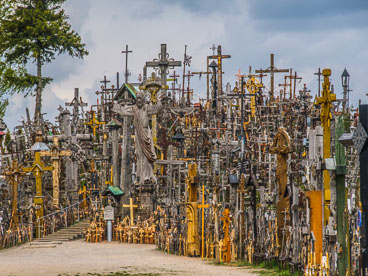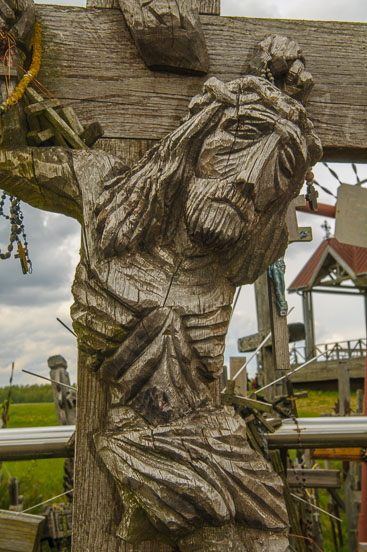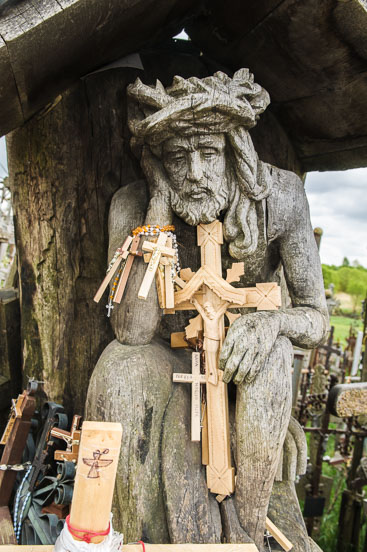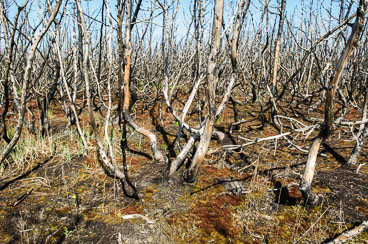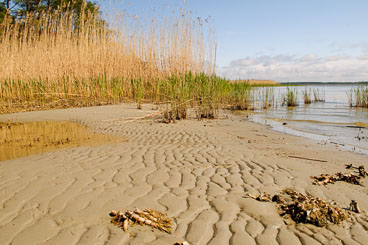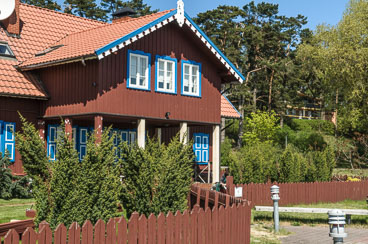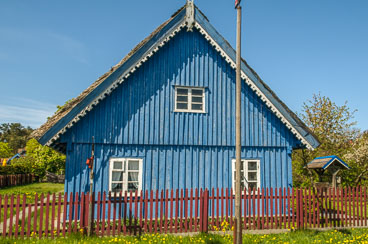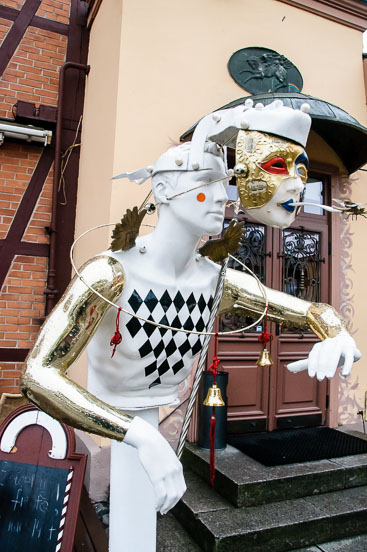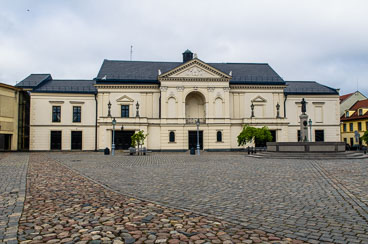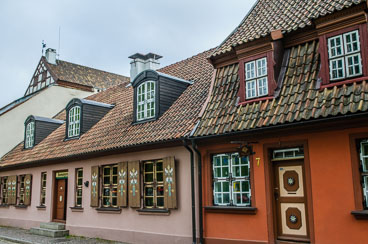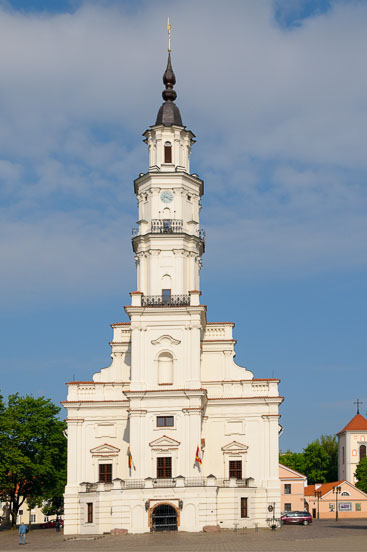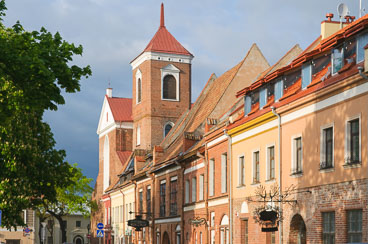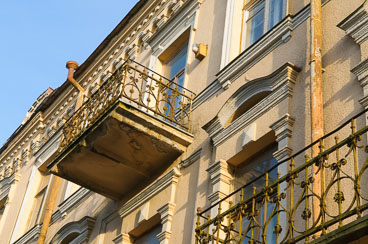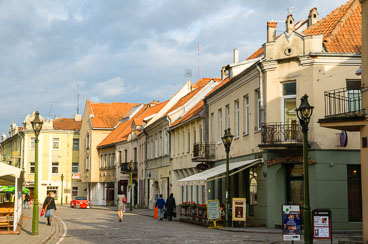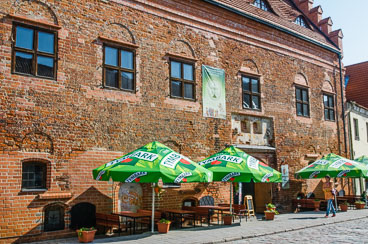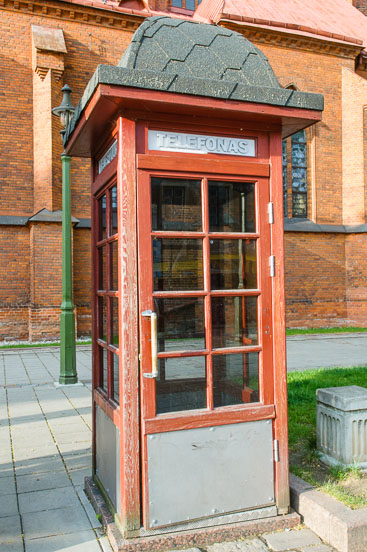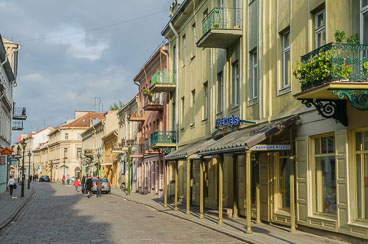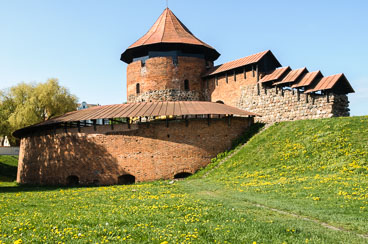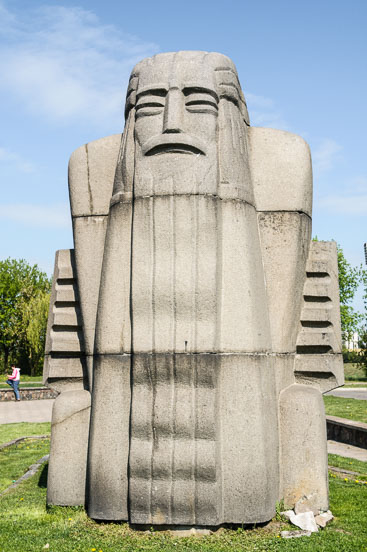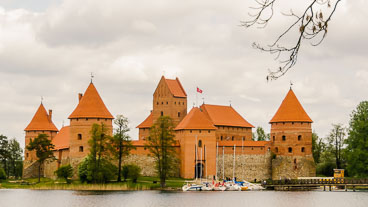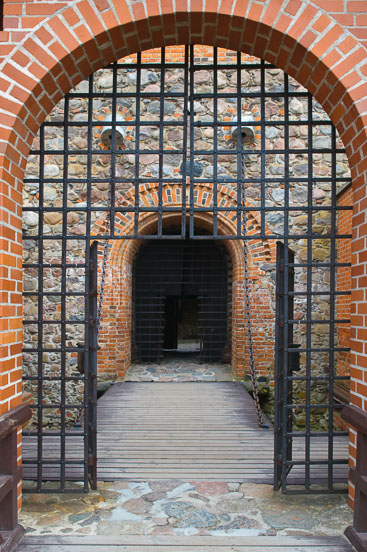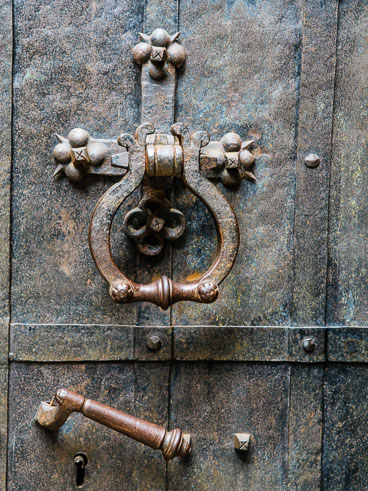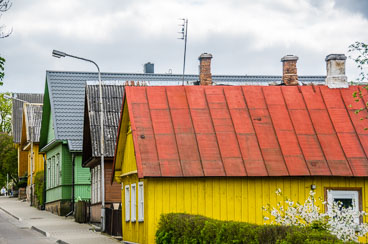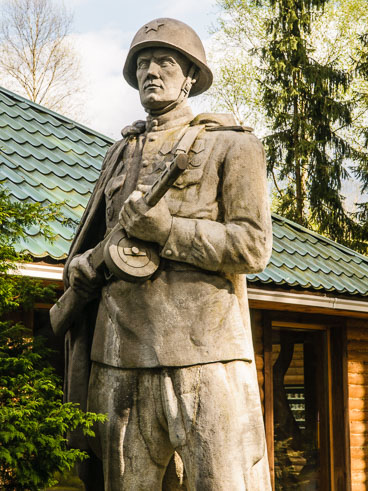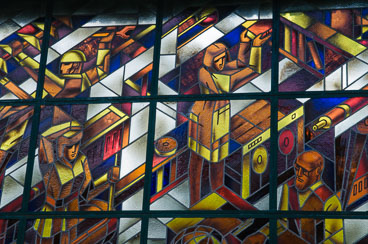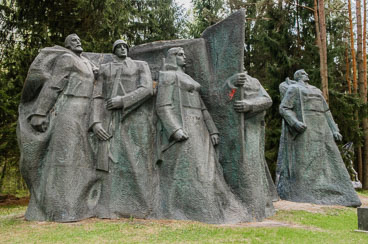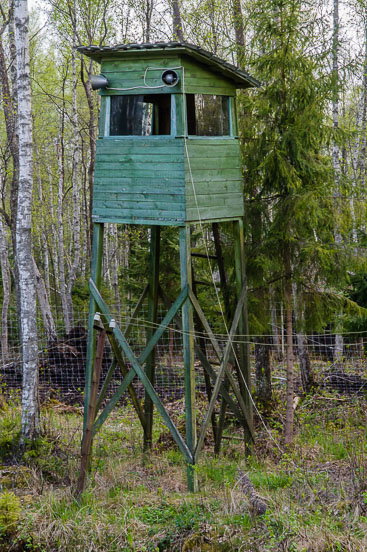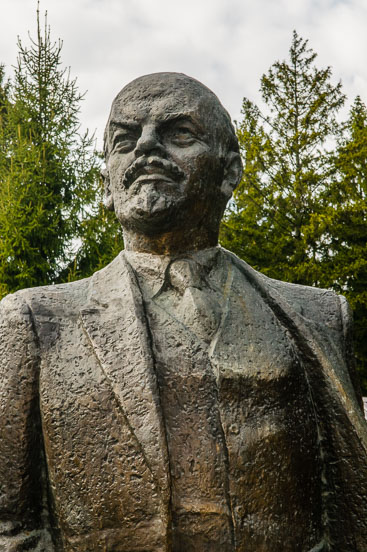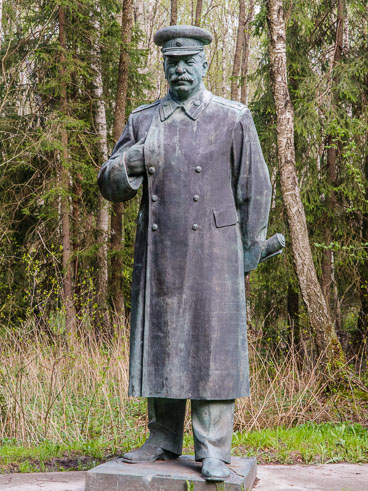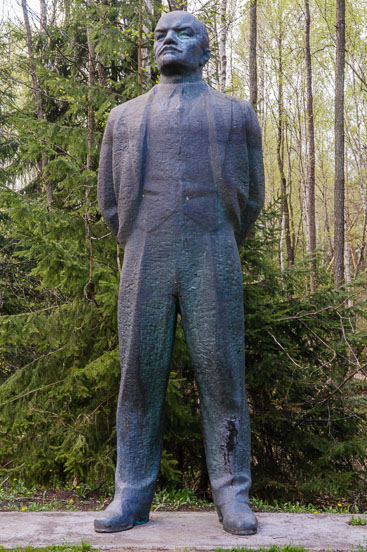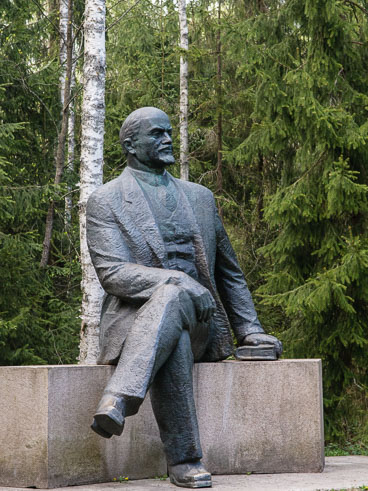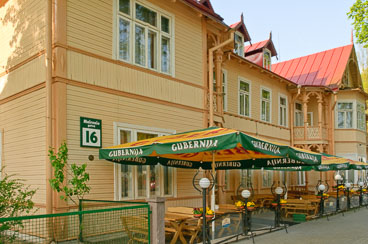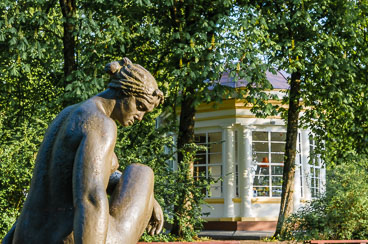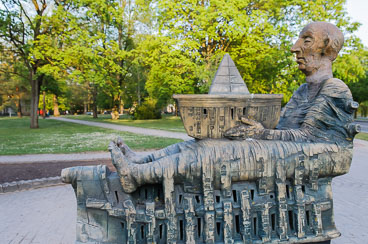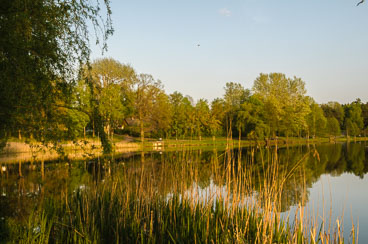Lithuania is one of the three Baltic States. Once a powerful nature worshiping pagan state. There are still signs of a mystical relationship with the forests and the lakes. Home of folk art, festivals and traditional song festivals. On top of that comes a flavor of Polish Catholic culture and some Russian Tsarist influence. The later Russian influence is more bitterly remembered. Lithuania was the first of the Soviet states that declared independence from the USSR. Its easy to travel this relatively small country.
Klaipeda
A harbour city with a very small and (when I was there) very deserted old town.
The Curonian split
A narrow piece of land that stretches out from Lithuania and form am arc that ends in Kalininingrad (a Russian enclave between Lithuania and Poland. There are sand dunes, pine forests, elk, deer and birds. There is also a fine little town in this Unesco World Heritage site in, called Nida.
Hill of the Crosses
As a form of resistance against the Russian occupation crosses where put up on a hill in the north of the country. They were taken away but always reappeared. Now that they are no longer taken away their numbers have grown immensely.
Kaunas
The country's second city is looking elegant with an interesting old town.
Trakai
Nowadays the restored Island Castle (late 14th and early 15th century) is the only one of its kind in Eastern Europe.
Grutas Park
Unofficially called Stalins World Grutas Park is a sculpture garden filled with Soviet-era statues and other ideological relics, such as Gulag-style cabins and watchtowers. As most things controversial quite interesting. The park is founded by the Lithuanian entrepreneur (and former wrestler) Viliumas Malinauskas.
Druskininkai
Near Grutas Park lies this nineteenth-century spa town. There are massive old sanatoriums from the Soviet-era and luxury health resorts are springing up now like the salty mineral water as the town becomes more chic.

